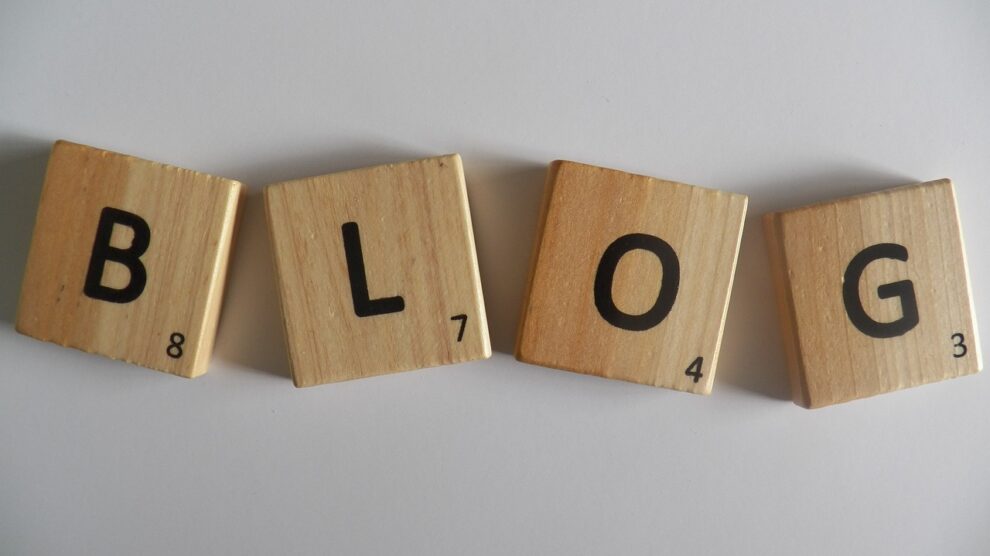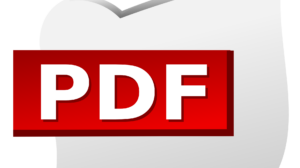Blogging is a lucrative online business no doubt about it. A lot of people want to start a blog as a means of making money online. But in blogging, making money depends on the amount of traffic you get. There are two types of traffic in blogging. Free and paid traffic. Free traffic is the one you get from search engines like Google, Bing, and Yahoo. Paid traffic is the traffic you get when you advertise your blog on platforms like Facebook, Instagram, or Twitter. But in this article, I will teach you simple tricks that you can use to optimize your blog post both on-page and off-page to get more traffic.
On-Page Optimization
On-page Optimization involves actions you take when creating and publishing your blog post for it to appear on top page search results. Blog posts that appear on first-page search results tend to get more traffic. Start doing the following:
Conduct Thorough Keyword Search
Keywords are important for your articles to rank on Search Engines. There are a lot of keyword search tools you can use for free. Some of them are Ubersuggest, Keyword Everywhere, Wordtracker, and Answer the Public. When conducting a keyword search using any of these tools, you should consider this;
Search Difficulty: This tells you how difficult or easy it is for your blog to rank for such keywords.
Search Volume: How many people are searching for the keyword.
If your blog is new, you’re likely to have a low domain score, so it’s advisable you go for keywords with reasonable search volume and a keyword difficulty of under 20.
Create a Long Quality Blog Post
Search Engines like Google and Bing value long content of 2000 words and above. It sends them the signal that such a blog post is detailed and can provide more value to the user.
Use H1, H2, H3 Where Appropriate
Using headings on your blog post helps Search Engines and users to easily understand what your blog post is all about. H1 is exclusively for your headline. H2, H3 are for subheadings.
Use Your Keyword Naturally
Your keyword should appear in your title and the first 100 words of your blog post. This makes it easy for Search Engines to crawl it when a search is performed on such a keyword. Also, your keywords should appear in your subheadings and be spread evenly in a natural way throughout your blog post. Avoid keyword stuffing because it reduces the quality of your content.
Use Appropriate Copyright Free Images
Images they say are worth more than a thousand words. They’re important in blog posts for illustrations. Use them where necessary.
You can get free images on websites like Unsplash, Pixabay, and Pixels. Don’t forget to add alternative text to your images. Alt text is a ranking factor for Google because it considers disabled people. This kind of person can only make use of your blog through optimized images.
Add Quality Inbound and Outbound Links
Inbound links are links to articles you previously published on your blog. Outbound links are links to articles on another blog or website. When adding links, ensure that you add related ones that will add value to the content you’ve created. For outbound links, get them from authority websites. It will help improve the visibility of your content on search results.
Install Yoast SEO Plugin
If you run your blog on WordPress, I recommend you install the Yoast SEO Plugin. This tool is free to use. It will serve as a guide to ensure that you’re in line with most of the tricks I discussed with you here.
Off-Page Optimization
Off-page optimization involves all the activities you and others engage in after you have published a blog post. The aim is to increase its appearance on Search Engines results in order to get more traffic. A lot of bloggers relax after they publish a blog post forgetting that they can do a lot to increase the traffic to it. Let’s look at some of the tricks you can use to optimize your blog post after you have published it.
Social Shares
Sharing your blog posts with your followers on Social Media platforms is what you should start doing frequently. When your followers read and also share them, it sends a good signal to Search Engines, indicating that such content is valuable to users and therefore should appear more in search results.
Link Building
Share random posts with your fellow bloggers, inserting links from your blog posts where necessary. This helps to generate more traffic to your blog post. It also helps to build backlinks which you need to build authority and increase your domain score.
Make Use of Google Analytics – Track Behaviour
After you publish your blog post, it is important to track how people are reacting to it. The important metrics here are your bounce rate and average time per session. If your bounce rate is high (above 80), it’s a sign that users are leaving your page almost immediately. It means you need to look at your blog post again to see why this is so.
Conclusion
Blogging can be frustrating if you take time to create quality content and you don’t get traffic. That’s why you need to start optimizing your blog posts both Onpage and Offpage to get more traffic from Search Engines. The tricks I discussed above, if implemented, will increase the traffic you get from your blog posts.





